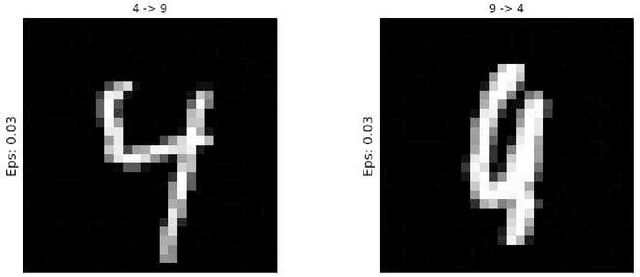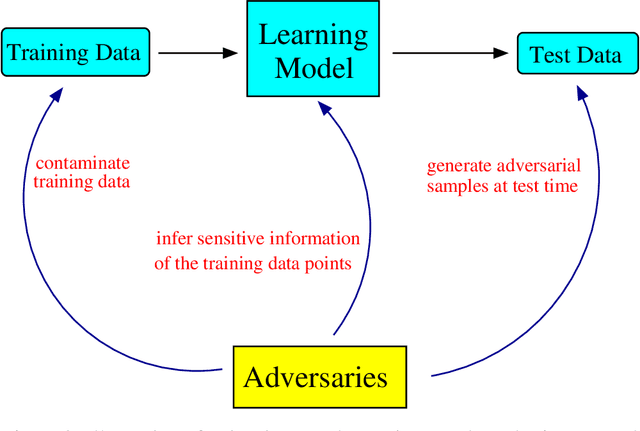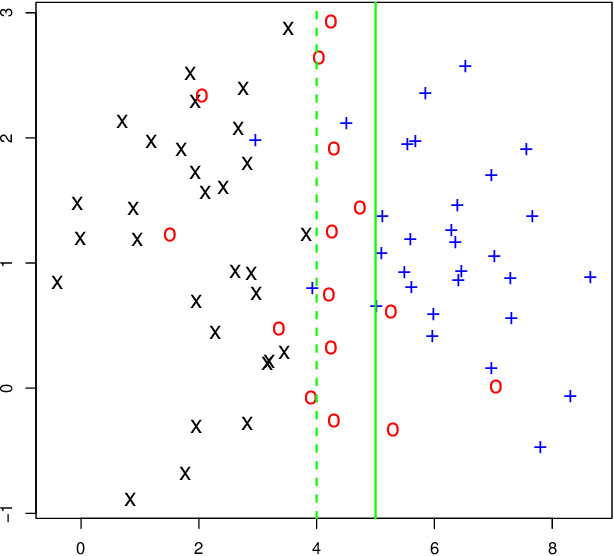Adversarial Machine Learning for Cybersecurity and Computer Vision: Current Developments and Challenges
Paper and Code
Jun 30, 2021


We provide a comprehensive overview of adversarial machine learning focusing on two application domains, i.e., cybersecurity and computer vision. Research in adversarial machine learning addresses a significant threat to the wide application of machine learning techniques -- they are vulnerable to carefully crafted attacks from malicious adversaries. For example, deep neural networks fail to correctly classify adversarial images, which are generated by adding imperceptible perturbations to clean images.We first discuss three main categories of attacks against machine learning techniques -- poisoning attacks, evasion attacks, and privacy attacks. Then the corresponding defense approaches are introduced along with the weakness and limitations of the existing defense approaches. We notice adversarial samples in cybersecurity and computer vision are fundamentally different. While adversarial samples in cybersecurity often have different properties/distributions compared with training data, adversarial images in computer vision are created with minor input perturbations. This further complicates the development of robust learning techniques, because a robust learning technique must withstand different types of attacks.
 Add to Chrome
Add to Chrome Add to Firefox
Add to Firefox Add to Edge
Add to Edge